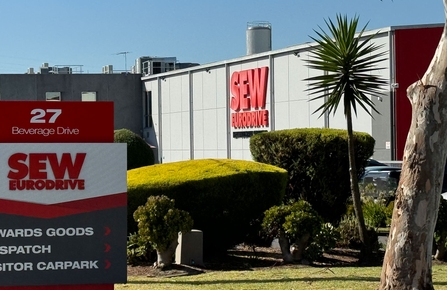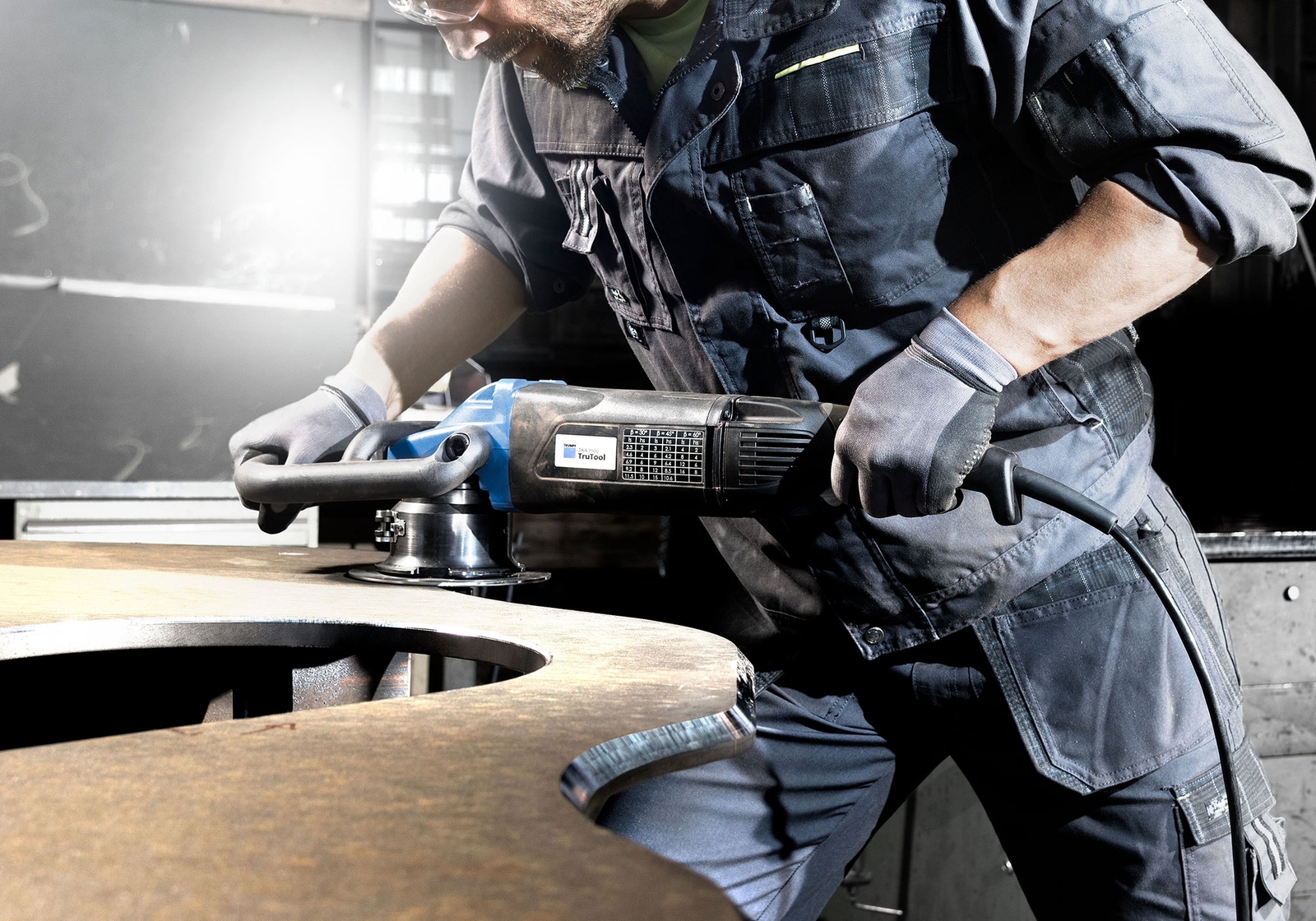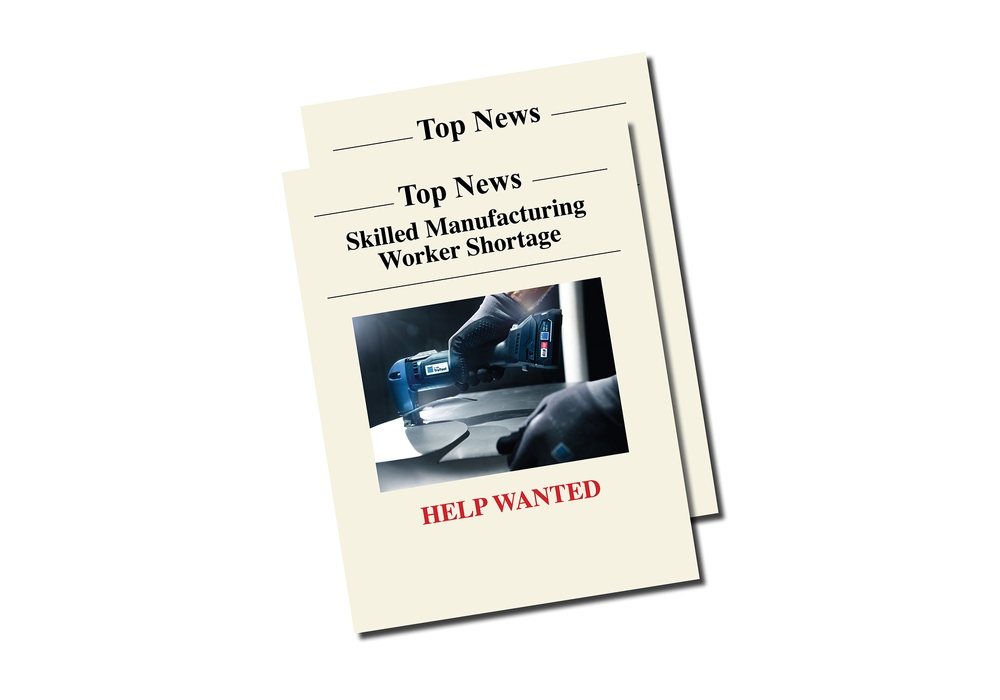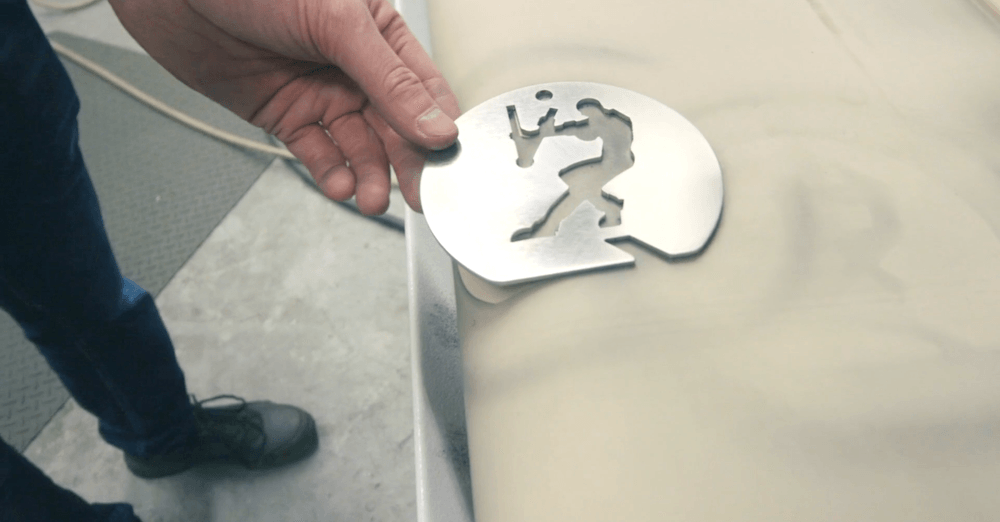Recovery of the economy and consumer spending is up
Manufacturing firms all around the world are moving to resume full production levels as economies are beginning to recover and consumer spending is edging closer to pre-pandemic levels. The worldwide labour shortage and the current supply chain disruptions are the two main obstacles to this recovery, though.
The truth is that there was a severe labour shortage in the manufacturing sector long before the epidemic began. In fact, a 2018 study estimated that more than 8 million manufacturing jobs could not be filled globally by 2030. However, the epidemic made it harder for businesses to find and keep the talent they need to satisfy production expectations.
What are the key elements of manufacturing worker shortage?
Why there is a labour shortage in the manufacturing industry is a complex question with no simple solution. Instead, there is a confluence of problems, some of which were sparked by the pandemic and some of which had been affecting the business for years.
The ongoing side effects of COVID-19
It would be impossible to discuss today’s ongoing labour shortage without understanding the role COVID-19 plays. Workers across industries faced unprecedented challenges that severely shifted how these workers view their role in the workforce. While the pandemic caused a lot of different side effects that may be impacting the current shortage of manufacturing workers, here’s a a short list of the top challenges.
Here are a few possible causes of the current manufacturing labour shortage:
And most of all and a very important aspect the higher demand for tech-related skills!
Is it the tremendous lack of stability?
Production at manufacturing facilities across the world has been adversely hampered by global supply chain disruptions. For instance, the auto and electronics industries have been severely disrupted by supply chain interruptions involving semiconductors. According to studies, Ford was compelled to produce 672,000 fewer light-duty vehicles globally in Q1 2021 alone due to the lack of semiconductors.
Furthermore, according to the European Automobile Manufacturers Association, this deficit would lead to a 500,000-vehicle reduction in output in 2021. Naturally, a decrease in production led to a decrease in the need for labourers. Given this circumstance, several workers in the manufacturing sector are concerned about the security of their employment if supply chain disruptions continue to impede output.
Unfortunately, the Russia-Ukraine War will probably only make these problems worse. First, the cost of gas is rising, which is affecting industries.
The desire for more work life balance flexibility
While remote work may not be possible for many manufacturers, there are still things your company can do to offer more flexibility. For example, additional paid time off may give employees the extra days they need to deal with personal issues. Using other strategies, such as shift swapping, voluntary vs. mandatory overtime, compressed schedules, and part-time work options, can help to expand your talent pool and improve hiring results.
Ageing workers
While the ageing workforce poses challenges for employers across industries, the Manufacturing sector is particularly affected. During the COVID-19 pandemic, some older workers left the workforce early because of safety concerns. These early retirements mean that manufacturers now must replace these vacant jobs, and they also lost the skills, knowledge, and experience these experienced workers had.
It’s critical for employers to develop a mentor program or an apprenticeship scheme to allow their older workers to transfer their skills and knowledge to the younger generation. It’s equally important to have a plan in place to help fill those open positions.
The higher demand for tech-related skills
Another major challenge facing the producing trade is the implementation of advanced technology within the geographic point. It’s true that the employment of this technology, like artificial intelligence and 3D printing, has enabled makers to modify several tasks that staff want to complete manually, whereas this transformation to automation has eliminated a lot of jobs within the producing trade, it conjointly opened the doors to a range of the latest jobs.
Unfortunately, these new jobs need a brand-new talent set that several producing staff merely don’t have. This issue has left businesses stuck attempting to amass these skills. This drawback is thus widespread that associate calculable ten million producing jobs across the world stay vacant because of the talent gap. To assist and combat this drawback, several employers’ area unit invest in reskilling and upskilling their current staff to secure the precise skills the corporate desires.
What skills are in most demand?
The current labour shortage is intense, and employers are hiring for nearly every position. However, there are a couple of job roles that are in terribly high demand nowadays, such as machine operators, production line staff, welders, electricians and CNC mechanics and engineers.
The skills that may be in most demand in the close to future embrace the flexibility to collaborate across producing disciplines and to act with customers and partners in ways in which today’s workforce typically doesn’t.
In a study, producing executives explicitly the highest 5 ability sets that may increase considerably within the returning years because of the inflow of automation and advanced technologies are:
- technology/computer skills
- digital skills
- programming skills for robots/ automation
- working with tools and technology
- and critical thinking skills
The labour shortage is a great challenge for manufacturing businesses but understanding the causes behind it can help your company overcome it.
Expert
Cornelia Luhrs
Event and Communications Coordinator
Conny is a dedicated trend-spotter and technology enthusiast in the manufacturing industry. Her passion for the latest advancements is matched only by her talent for organising events. If you want to stay ahead of the curve, Conny is the person to connect with.







